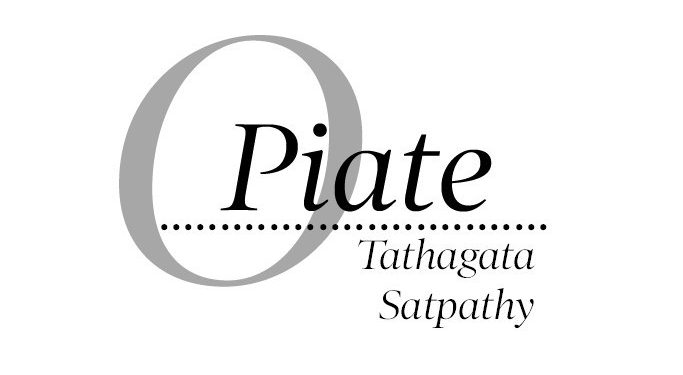India, today, is no one’s envy. A nation known long for its poverty and filth was slowly transforming into a modern democratic state that was attracting global attention. It was never the contribution of any politician, judge or bureaucrat, nor even of any global level business tycoon with a world view. Not even a single praiseworthy inventor have we had in our midst. While we living inside the country tomtomed our prowess in Information Technology, all that we did in the past decade were jobs of a contractor. All our big and famous IT companies of Bangalore and elsewhere took orders from off shore companies and executed them somewhat efficiently. Our InfoS and TimbuktooConsultancyServices and the whole bunch were limited to just that…. contractors. We have not been able to create a parallel to even a WhatsApp like the Chinese have their very own WeChat nor do we have a Baidu to compete with Google. Sadly, a country with a billion and half population cannot really boast of a string of Olympic gold winners.
With no intention to sound pessimistic, yet it is necessary to analyse where and why we are going down as a below mediocre race today with virtually no achievements to claim credits for. Aryabhata might or might not have invented the concept of Zero. We could have known thousands of years ago that the world was round and, therefore, called the study of geography ‘bhoo-gol’. However, the question that constantly nags me is – What are we today?
Now draw a conclusion. With what we have as a backdrop for a miserable present day and no doubt a glorious past, India and Indians seem to be wasting precious time in matters that concern very little in the daily life of majority of the citizens. There has been all-round relief that the vexed Ayodhya issue, which was communally loaded and caught in litigation for long years, has been somewhat resolved through a historic verdict of the Supreme Court Saturday. The calm that existed across the country in the aftermath of the delivery of the Constitution bench order is proof that maybe, just maybe hooligans of all faiths are simply on a wait and watch mode. It is also possible that no political mileage can be gained by anyone by inciting violence under present circumstances, for which there could be a temporary lull. That this is a political victory for the Hindutva supporters and the BJP is beyond doubt.
Not only for the BJP but this is also a feather in the cap of the outgoing Chief Justice of India Ranjan Gogoi. A man who has lately been in the news for many wrong reasons such as the allegation of moral turpitude by a young woman working in the CJI office, as also the painful cries of the victims of the NRC imposed by him in his home state of Assam, Gogoi seems to have emerged as the hero for a large section of the Indian public. Today, many may consider that a judgement by a bench headed by him has changed the landscape of the Ramjanmabhoomi and somehow buried the long standing dispute over that land.
It could be accepted that the five-member bench gave its final word in a practical manner, but no one really knows how justice was meted out. No doubt, the bigger part of the population of India won the legal battle. It is they who could have created violence and mayhem, as history has revealed. Today, the average religious Hindoo is not only happy but peaceful. In other words, peace was bought at the cost of many other considerations by this judgement. It is of paramount importance for the system, as the arbiter, to ensure peace at all costs. This judgement could be labeled as practical, which has kept at bay disturbing forces. While praising the judgement, all of us are compelled to observe that the highest bench of the Supreme Court of India admitted that the Hindoo side also could not prove its claim on the disputed land. In other words, both Hindoos and Moslems failed in their claims which enabled the court to give away that morsel of land for safekeeping by the Union government. It is obvious that the Central government will use that land and construct a Ram Lalla temple. Will the temple be built with the money paid by Hindoo, Moslem and Christian taxpayers or will it be constructed by a conglomerate of business houses? Whoever builds the temple will expect eternal bliss. Similarly, will the Government of India respect the wishes of the Moslem minority community and build a mosque for them too or will there be terrible backlash by the majority community? While the judgement has addressed many such points, one is forced to note that the government of the day has been awarded with the interesting task of not only facilitating building of the temple as well as the mosque, but it has also been blessed by the judges to form the Trust Board for both these religious edifices.
In the meantime, the economy of the country continues to shrink; all neighbouring nations today have become foes of India; the youth has no sources of income; rural and agrarian distress deepens, we are, in the 21st century, happy to have got our hands on another new temple, while thousands of our genuinely old religious monuments lie neglected. Whither India?






































